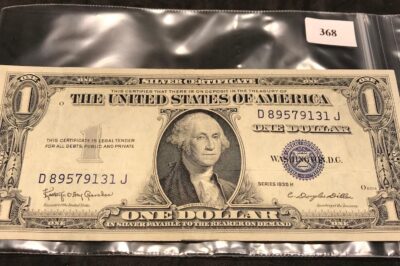
Introduction:
The Renaissance period, marked by a fervent revival of art, culture, and learning, witnessed the rise of influential figures who left an indelible mark on history. Among them, Prince Lorenzo de’ Medici stands out as a key patron and a visionary leader whose impact extended far beyond the borders of Florence. This article delves into the life, achievements, and legacy of Prince Lorenzo de’ Medici, shedding light on his contributions to the Renaissance movement.
Early Life and Education:
Born on January 1, 1449, in Florence, Lorenzo de’ Medici belonged to the illustrious Medici family, renowned for their wealth, political influence, and cultural patronage. From a young age, Lorenzo exhibited a keen intellect and a passion for literature, art, and philosophy. His education, overseen by humanist scholars such as Marsilio Ficino and Angelo Poliziano, laid the foundation for his future role as a patron of the arts and a political leader.
Patronage of the Arts:
Lorenzo de’ Medici’s reign as the de facto ruler of Florence from 1469 to 1492 coincided with the pinnacle of the Italian Renaissance. As a devoted patron of the arts, he played a pivotal role in supporting and nurturing the talents of renowned artists and intellectuals of the time. Notable figures such as Leonardo da Vinci, Botticelli, and Michelangelo found patronage under Lorenzo’s benevolent rule.
One of Lorenzo’s most significant contributions was his support for the Platonic Academy, a group of philosophers, writers, and artists who explored classical ideals and sought to integrate them into contemporary culture. The Medici villa at Careggi became a hub for intellectual discourse, where luminaries of the Renaissance gathered to exchange ideas and push the boundaries of knowledge.
Political Leadership:
In addition to his cultural contributions, Lorenzo de’ Medici was a skilled political leader who navigated the intricate landscape of Italian city-states. His diplomatic acumen and strategic alliances helped maintain Florence’s stability in the face of external threats. However, Lorenzo’s rule was not without controversy, as he faced opposition from rival factions within the city and contended with the ever-shifting dynamics of Italian politics.
The Pazzi Conspiracy of 1478, an attempt to overthrow the Medici regime, marked a turbulent period in Lorenzo’s rule. Surviving the conspiracy, Lorenzo displayed resilience and political finesse, solidifying his authority and securing the Medici family’s dominance in Florence.
Cultural Impact:
Lorenzo de’ Medici’s influence extended beyond politics, as he sought to elevate the cultural and intellectual climate of Florence. His personal library, known as the Medici Library, became one of the most extensive and celebrated collections of manuscripts in Europe. This repository of knowledge reflected Lorenzo’s commitment to preserving classical texts and fostering a culture of learning.
Under Lorenzo’s patronage, the Renaissance blossomed in Florence, with advancements in art, literature, and philosophy becoming hallmarks of the city’s identity. The Medici court became a beacon for creative minds, attracting talents from across Europe and contributing to the flourishing of the Italian Renaissance.
Legacy:
Lorenzo de’ Medici’s legacy endured long after his death in 1492. His contributions to the arts and culture shaped the course of the Renaissance and left an indelible imprint on the city of Florence. The Medici family’s legacy continued through subsequent generations, with Lorenzo’s descendants furthering the family’s influence in various spheres.
While some view Lorenzo de’ Medici as a benevolent patron of the arts and a stabilizing force in Florentine politics, others criticize him for his autocratic tendencies and the consolidation of power within the Medici family. Regardless of the divergent perspectives, there is no denying Lorenzo’s pivotal role in the Renaissance’s flourishing and the lasting impact of his cultural and political endeavors.
Conclusion:
Prince Lorenzo de’ Medici’s multifaceted contributions to the Renaissance, spanning politics, art, and culture, position him as a central figure in the rich tapestry of Italian history. His unwavering support for the arts and his astute political leadership left an enduring legacy that continues to captivate scholars and enthusiasts alike. As we reflect on the Renaissance period, Lorenzo de’ Medici emerges as a true visionary whose influence transcended the boundaries of his time, shaping the cultural landscape of Florence and leaving an indelible mark on the annals of history.









